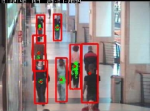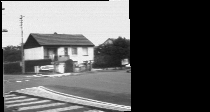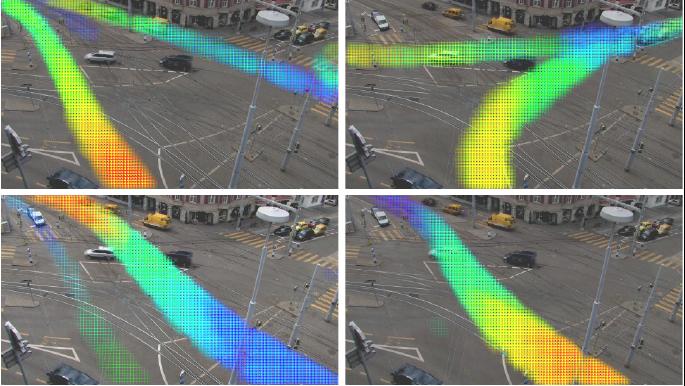Code
- Background subtraction, human detection and image rectification code
- Face segmentation using Coherent Probabilistic Index Maps
- Motion2D: robust parametric motion model estimation software
- Probabilistic Models: temporal topic models and more

|
The software provides the source code and data needed to train and use a model for skin, hair, clothing and background color modelling and segmentation, according to Scheffler and Odobez, 2011. The code can also be used to reproduce the experimental results of this paper. See the Face Color model webpage for more details and download. |
|
Motion2D is a multi-platform object-oriented library for 2D parametric (constant -translation, affine, quadratic) motion model estimation. It follows the robust approach of Odobez and Bouthemy. It can be applied to the entire image or to any pre-defined window or region in the image. Thanks to its robustness, it can compute the dominant motion of a the image (or of a region) even if the image contains other objects and contents that do not fit the background dominant motion (in the example on the left, the sign and the car). Thanks to the use of a multi-resolution approach, large displacements can be estimated. |





